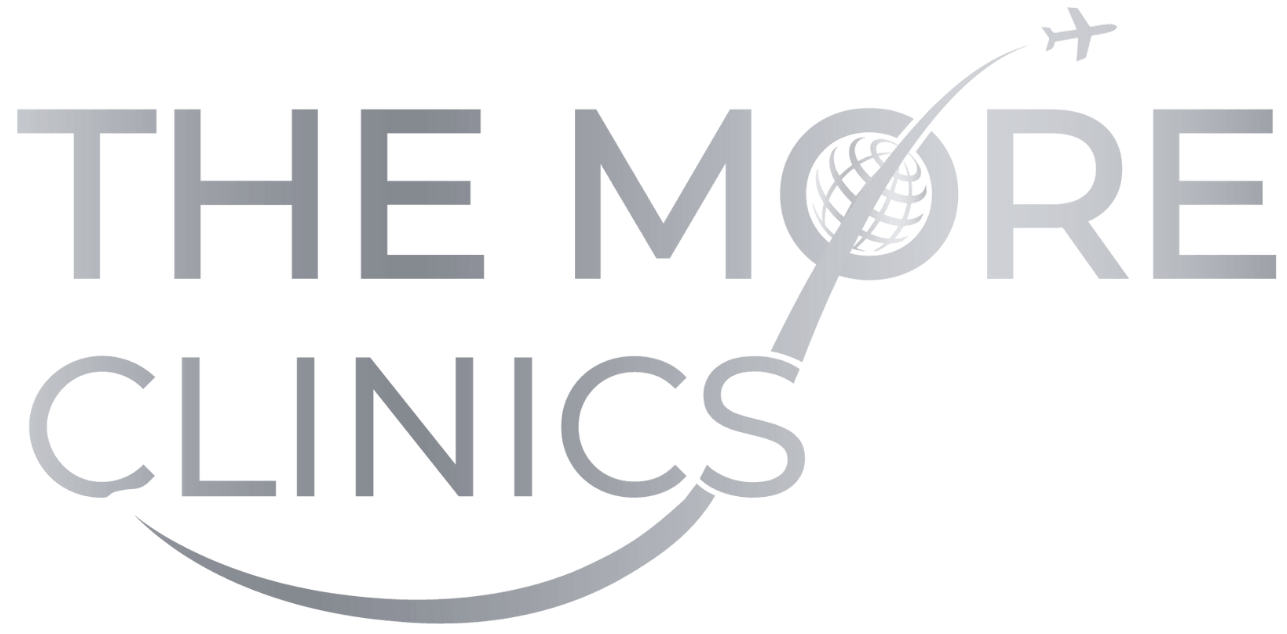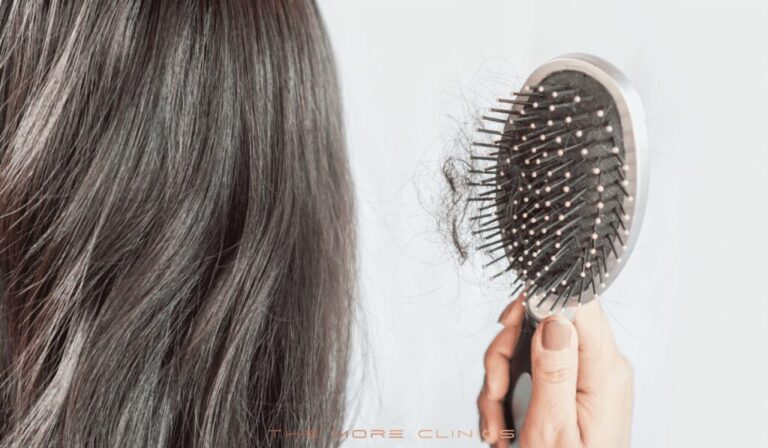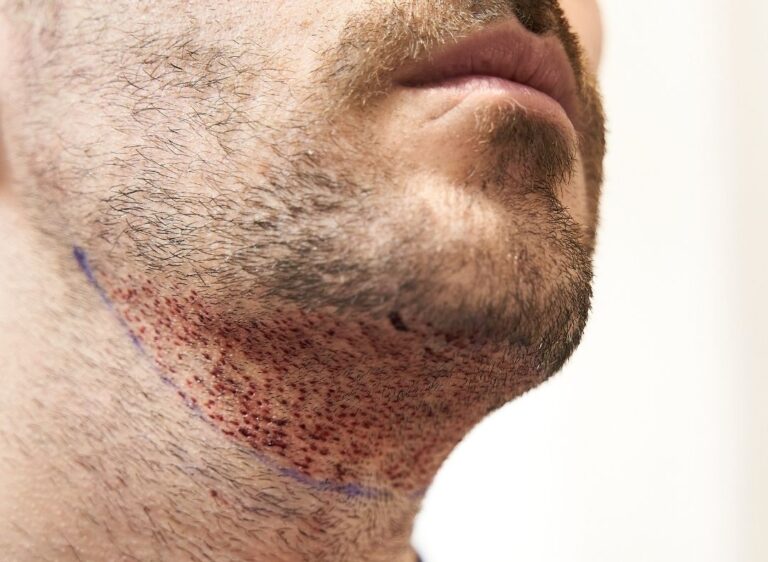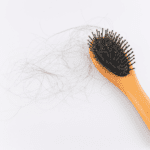PRP for Hair Loss
Hair loss is a widespread issue that affects people of all ages. PRP therapy offers hope as a potential solution. While studies on platelet-rich plasma (PRP) in dermatology is still in its early stages, it holds promise for maintainin and promoting hair growth. In this guide, we’ll delve into the world of PRP for hair loss, exploring its origins, how it works, who can benefit, potential risks, costs, and answers to common questions.
What is PRP Therapy for Hair Loss
PRP, or Platelet-Rich Plasma, is a component of your blood that contains special proteins, known as growth factors. These growth factors play a key role in healing injuries. The idea behind PRP therapy is to harness the healing power of these proteins to stimulate and enhance hair growth.
It may be is used alone, as a standalone treatment for hair loss. However, in some cases, it is also used in combination with other hair loss treatments like medications or hair transplant surgery, depending on the severity and underlying causes of the hair loss.

Efficacy of PRP for Hair Loss
In the world of scientific research, a growing body of evidence supports the potential benefits of PRP for hair loss.
A study showed that PRP treatment led to a significant increase in hair density, with patients expressing high satisfaction levels. At the end of three treatment cycles, clinical improvement was seen in several parameters. Only %20 of patients experience continued hair loss and required retreatment.
Another study in the Journal of Dermatological Surgery reported the positive impact of PRP therapy on hair thickness and growth cycle. However, more extensive studies are still required to establish standardized protocols and long-term effects.
The PRP Therapy Procedure: A Step-By-Step Guide
PRP therapy for hair loss is a multi-step process. Here’s what you can expect:
Step 1: Blood Drawing
The procedure begins with a standard blood draw, typically from your arm. The amount of blood drawn depends on the area of the scalp that requires treatment.
Step 2: Separation of Platelets
The drawn blood is then placed in a centrifuge, a machine that spins at high speed. This process separates the platelets from other blood components, creating the platelet-rich plasma.
Step 3: Activation
The separated platelets are then ‘activated,’ triggering the release of growth factors. These growth factors are what will stimulate hair growth when injected into the scalp.
Step 4: Injection
Finally, using a thin needle, the platelet-rich plasma is injected into areas of the scalp where hair loss has occurred. This step may involve multiple injections, depending on the extent of hair loss.
From start to finish, the procedure typically lasts about an hour. It’s generally painless, thanks to a local anesthetic applied to the scalp before the injections.
Who Can Benefit from PRP Therapy?
PRP therapy is particularly beneficial for individuals who:
- Are in the early stages of hair loss
- Have androgenetic alopecia (male pattern baldness or female pattern baldness), a common condition that causes thinning hair
- Have had hair transplants, as PRP can potentially enhance the success of the transplant procedure
- Do not want to take medication long-term or undergo surgical procedures for hair loss
- Have healthy hair follicles and need a boost in hair growth

It’s important to note that PRP therapy may not be suitable for everyone, especially those with certain medical conditions. Always consult with a healthcare provider or a professional clinic before starting any new treatment.
PRP for Hair Loss: Side Effects
Like any treatment, PRP therapy carries some potential side effects and risks. These may include:
- Mild pain or discomfort at the injection site
- Scalp tenderness
- Swelling
- Headache
- Itching at the injection site
- Temporary bleeding at the injection site
- Infection (although this is rare due to the body’s own platelets being used)
Remember, it’s crucial to discuss these potential side effects with your healthcare provider before starting treatment. Each person’s experience with PRP will be unique, and side effects vary depending on individual health factors.
Risks Associated with PRP Therapy
While PRP therapy uses the patient’s own blood, reducing the risk of allergic reactions or diseases transmission, the procedure is not without its risks. It’s important to remember that individual responses to the therapy may vary and not everyone is a suitable candidate. PRP therapy may pose potential risks to individuals with:
- Blood disorders: Those with blood-related conditions, such as hemophilia or a low platelet count, may face increased risks of continuous bleeding or bruising from the treatment. People on blood thinners may also experience an increased risk of bleeding.
- Smokers and Drug misusers: Smoking and drug misuse can greatly impact the body’s healing process, potentially reducing the effectiveness of PRP therapy.
- Underlying health conditions: Individuals with certain underlying medical conditions such as cancer, chronic infections, liver diseases or blood disorders should consult with their doctor before pursuing PRP therapy.
- Skin infections: If you have any current skin infections on your scalp, it can increase the risk of complications and post-procedure discomfort. It’s important to discuss any skin conditions with your healthcare provider before starting treatment.
- Pregnancy and Breastfeeding: PRP therapy for hair loss has not been thoroughly studied in pregnant or breastfeeding women, so it’s best to avoid treatment during these periods to prevent unforeseen risks.
How Much Does PRP for Hair Loss Cost?
The cost of PRP treatment can vary based on location, the clinic or provider performing the procedure, and other factors such as additional treatments or any necessary follow-up appointments.
PRP therapy typically consists of three treatments. On average, PRP therapy for hair loss in the USA and Canada can range from $1,200 to $4,000 per set of treatment. Insurance may not cover this treatment as it is considered elective cosmetic procedures.
Prp Prices in Worldwide
- On average, a single PRP hair treatment session can cost between £400 to £800 in the UK.
- In Europe, PRP therapy for hair loss can range from €700 to €1500 per session.
- In Australia, the cost of PRP therapy is typically between $500 and $2,000 per session.
PRP Prices in Turkey
In Turkey, the cost of PRP therapy for hair loss is significantly lower compared to other countries. On average, a single treatment session can cost between $200 to $500.
Prp for hair loss treatment is very popular in Antalya and prices are between $300 and $600 per session.
History and Usage of PRP for Hair Loss
The use of PRP therapy for hair loss is a relatively new advancement, gaining popularity over the last two decades. The potential of platelet-rich plasma was first recognized in the 1970s in the field of hematology. However, its application in treating hair loss didn’t surface until the early 2000s. Originally, PRP was primarily used in sports medicine and orthopedics to treat injuries and aid in recovery.
Researchers noticed the accelerated healing and regeneration properties of PRP, which led to explorations of its potential in other medical and cosmetic fields, including dermatology. Today, PRP therapy is increasingly being adopted as a non-surgical therapeutic option for natural hair growth and is continually being researched to refine its efficacy and safety profiles.
Last Words from The More Clinics
At The More Clinics, we prioritize your confidence and well-being. We understand the impact hair loss can have on your self-esteem, and we’re here to provide solutions that work. PRP therapy is just one of the many ways we help our clients regain their hair and their confidence. Don’t let hair loss hold you back; take the first step towards a fuller head of hair with PRP therapy.
GET A FREE CONSULTATION!
Let’s Start Planning Your Treatment %100 Guarantee Results.
Frequently Asked Questions
Results can vary from person to person, but typically, patients may start noticing a reduction in hair loss within a few weeks after the first treatment. Noticeable hair growth may take approximately four to six months.
While the procedure involves injections into the scalp, a local anesthetic is used to minimize discomfort. Some patients may experience mild pain, scalp tenderness, and slight swelling after the treatment, but these side effects usually subside within one to two days.
Typically, a series of three treatments is performed, with each treatment spaced about a month apart. After the initial series, maintenance treatments are recommended every three to six months.
Yes, PRP therapy is a minimally invasive procedure and requires little to no downtime. Most patients can return to their normal activities immediately after treatment.
PRP therapy can stimulate hair growth and slow hair loss, but it’s not a permanent solution to hair loss. Regular maintenance treatments are necessary to maintain the results.
Medically Reviewed by Dr. Seda Erdoğan who specialized on Hair Transplants, Dermatology







